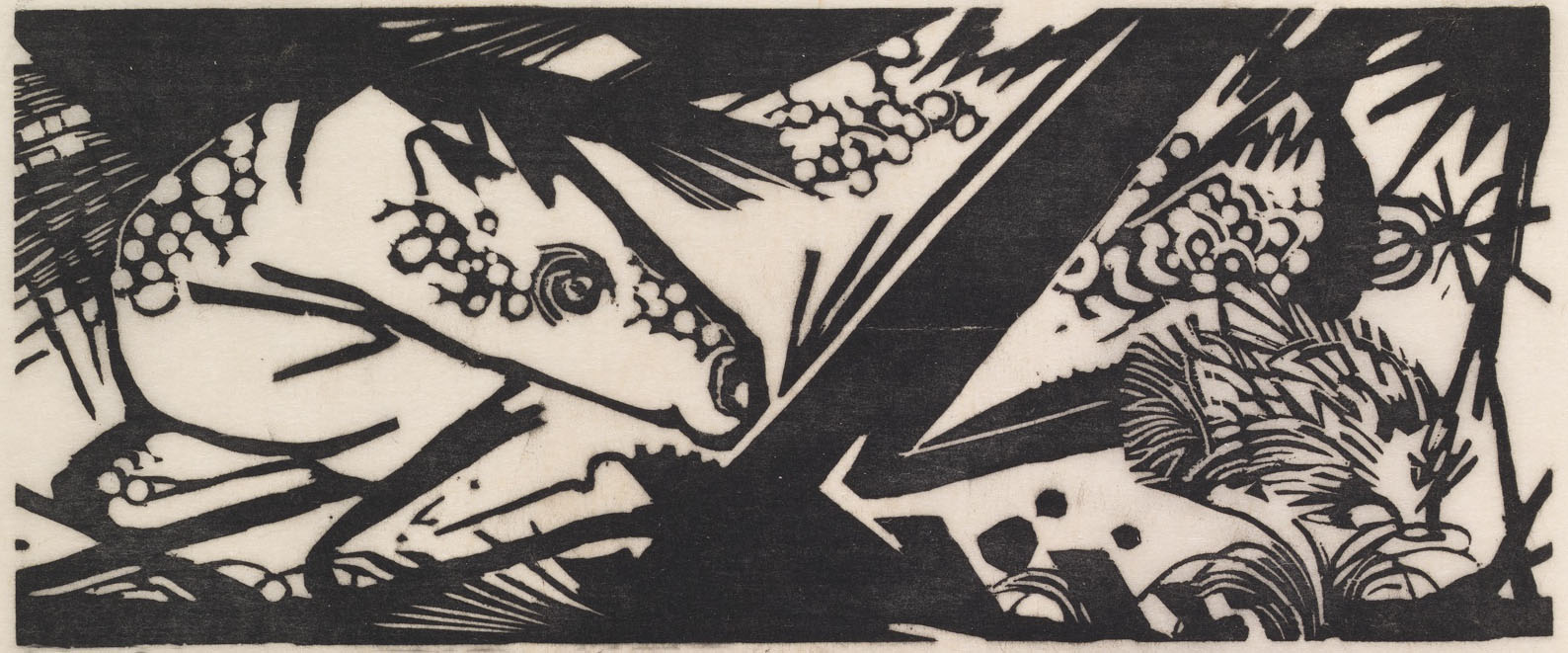
Go to Dream Pacts (Part 1)
CATAR, THE ILL WIND
Catar appears in the Dreaming as a whirlwind carved into the form of a human man. His voice is the howl of a tornado hushed to a roaring whisper. He is the ill wind of sour fortune and a manifestation of bad luck. He bears about him the hot, dry despair of the desert.
Those shielded by Catar’s presence, however, can twist fortune to their own ends. He makes a poor companion, but a worthy ally.
Spirit Circle: 5th
Pact Check DC: 25
Physical Sign: Hair constantly tossles as if caught in a strong wind.
Influence:
- Critique any plan with worst case scenarios.
- Cannot gamble or play games of chance.
Granted Powers:
- Broken Luck: At will as an immediate action, reroll one attack roll, saving throw, or skill that you have just made. You must accept the result of the reroll, even if it is worse than the original.
- Catar’s Grace: At all times when bound to Catar, gain a +2 insight bonus to Reflex saves and Armor Class.
- Luck’s Favor: At will as an immediate action, any luck bonuses you gain from any source are increased by +1 for 1 round.
CHARABIM, GUARDIAN OF THE BLESSED CHILDREN
Blessed children are the spirits of those who have yet to be born into the world. The raw future-potential of their spirits feed a vast realm within the Dreaming which is difficult or impossible for those who have been born into the world to return to again. This realm is guarded by Charabim, a powerful Spirit Lord whose blessing is often sought at moments of birth and rebirth.
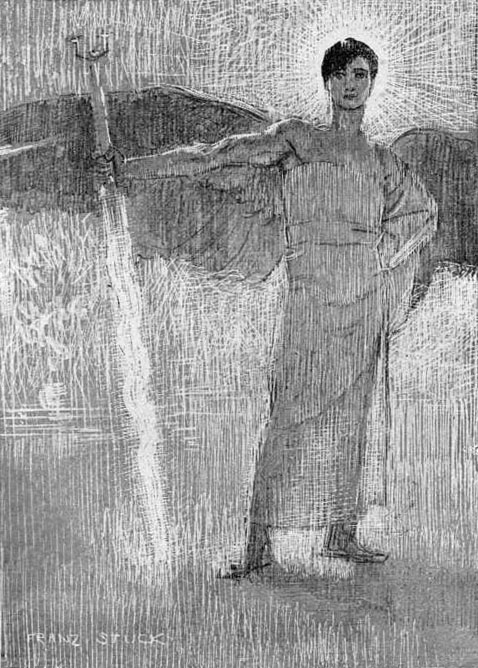 Charabim usually manifests as a winged man with flaming hair. He is often stern and unforgiving, but never without compassion.
Charabim usually manifests as a winged man with flaming hair. He is often stern and unforgiving, but never without compassion.
Spirit Circle: 5th
Pact Check DC: 25
Physical Sign: Eyes glow with a bright, white light. White-feathered wings on the back (insufficient for flight) which also glow softly with a white light.
Influence:
- Protect the young and helpless.
- Must attack undead.
Granted Powers:
- Detect Undead: At will, as per the spell.
- Hide from Undead: Activate at will as a standard action, as per the spell except the DC for intelligent undead to ignore the effect is DC 10 + ½ your effective binding level + your Charisma modifier.
- Paralysis of the Lost Soul: As a standard action, you can make a touch attack to paralyze a living soul by temporarily returning their soul to the misty borderlands surrounding the realms of the Blessed Children within the Dreaming. The touched creature must succeed on a Will save or be paralyzed for a number of rounds equal to ½ your effective binding level. Each round on its turn, the paralyzed creature can attempt a new saving throw as a full-round action, with success returning their soul to their body and ending the effect immediately.
- Speak with Dead: At will as a standard action, as per the spell.
- Summon the Blessed Child: You can summon a blessed child as per a summon monster spell. You can summon no more than a single a blessed child at a time, and if the blessed child is destroyed or lost you cannot summon another for 1 hour.
| Effective Binder Level | Blessed Child Summon |
| 1st-10th | Balasam |
| 11th-14th | Dayad |
| 15th-18th | Faelom |
| 19th+ | Haalas |
BALASAM (CR ½) – Good Medium Outsider (Extraplanar, Good)
DETECTION – darkvision 60 ft., Listen +8, Spot +7; Init +0
DEFENSES – AC 14 (+4 natural), touch 10, flat-footed 14; hp 15 (2d8+6); DR 5/magic; Immune unborn child immunities (ability damage, critical hits, disease, energy drain, massive damage, mind-affecting, nonlethal damage, paralysis, poison, sleep, stunning); Resist turn +3; Weakness negative turning
ACTIONS – Spd fly 80 ft. (average); Melee longsword +3 (1d8+1); Ranged +2; Space 5 ft.; Reach 5 ft.; Base Atk +2; Grapple +3
SQ +3 turn resistance, unborn spirit, darkvision 60 ft.
STR 12, DEX 10, CON 16, INT 6, WIS 12, CHA 15
FORT +6, REF +3, WILL +4
FEATS: Alertness
SKILLS: Diplomacy +4, Heal +6, Hide +5, Listen +8, Move Silently +5, Sense Motive +6, Spot +7
DAYAD (CR 4) – Good Medium Outsider (Extraplanar, Good)
DETECTION – darkvision 60 ft., Listen +13, Spot +13; hp 45 (6d8+18); Immune unborn child immunities (ability damage, critical hits, disease, energy drain, massive damage, mind-affecting, nonlethal damage, paralysis, poison, sleep, stunning); Resist turn +5; Weakness negative turning
ACTIONS – Spd fly 80 ft. (perfect); Melee longsword +9/+4 (2d6+4); Ranged +6; Space 5 ft.; Reach 5 ft.; Base Atk +6; Grapple +9; Atk Options smite undead; Combat Feats Combat Reflexes
SQ +5 turn resistance, unborn spirit, darkvision 60 ft.
STR 16, DEX 10, CON 16, INT 10, WIS 14, CHA 15
FORT +8, REF +5, WILL +7
FEATS: Alertness, Combat Reflexes, Improved Initiative
SKILLS: Diplomacy +4, Heal +11, Hide +9, Listen +13, Knowledge (religion) +9, Move Silently +9, Seach +9, Sense Motive +11, Spot +13
FAELOM (CR 7) – Good Medium Outsider (Extraplanar, Good)
DETECTION – darkvision 60 ft., Listen +18, Spot +18; Init +5
DEFENSES – AC 17 (+1 Dex, +6 natural), touch 11, flat-footed 16; hp 85 (10d8+40); DR 10/magic; Immune unborn child immunities (ability damage, critical hits, disease, energy drain, massive damage, mind-affecting, nonlethal damage, paralysis, poison, sleep, stunning); Resist turn +5; Weakness negative turning
ACTIONS – Spd fly 80 ft. (perfect); Melee greatsword +14/+9 (2d6+6); Ranged +11; Space 5 ft.; Reach 5 ft.; Base Atk +10; Grapple +14; Atk Options smite undead; Combat Feats Combat Reflexes
SQ +5 turn resistance, unborn spirit, darkvision 60 ft.
STR 18, DEX 12, CON 18, INT 10, WIS 16, CHA 18
FORT +11, REF +8, WILL +14
FEATS: Alertness, Combat Reflexes, Improved Initiative, Iron Will
SKILLS: Diplomacy +26, Heal +16, Hide +14, Knowledge (religion) +13, Listen +18, Move Silently +14, Search +13, Sense Motive +16, Spot +1
HAALAS (CR 10) – Good Medium Outsider (Extraplanar, Good)
DETECTION – darkvision 60 ft., Listen +26, Spot +26; Init +5
DEFENSES – AC 21 (+1 Dex, +10 natural), touch 11, flat-footed 20; hp 136 (16d8+64); DR 10/magic; Immune unborn child immunities (ability damage, critical hits, disease, energy drain, massive damage, mind-affecting, nonlethal damage, paralysis, poison, sleep, stunning); Resist turn +5; Weakness negative turning
ACTIONS – Spd fly 100 ft. (perfect); Melee +22/+17/+12 greatsword (2d6+9); Ranged +17; Space 5 ft.; Reach 5 ft.; Base Atk +16; Grapple +22; Atk Options smite undead; Combat Feats Combat Reflexes
SQ +5 turn resistance, unborn spirit, darkvision 60 ft.
STR 22, DEX 12, CON 18, INT 12, WIS 20, CHA 20
FORT +14, REF +13, WILL +17
FEATS: Alertness, Combat Reflexes, Improved Initiative, Iron Will, Lightning Reflexes
SKILLS: Diplomacy +26, Heal +24, Hide +20, Knowledge (religion) +20, Listen +26, Move Silently +20, Search +20, Sense Motive +24, Spot +26
Negative Turning Weakness: Blessed children can be turned by evil clerics or rebuked by good clerics.
Smite Undead: +2 attack bonus and +1 damage per 2 HD vs. undead.
Unborn Spirit: Immune to mind-affecting effects, poison, sleep, paralysis, stunning, and disease. Not subject to critical hits, nonlethal damage, ability damage, energy drain, or death from massive damage.
Special: A good-aligned cleric can summon a blessed child using a summon monster spell. Summon monster II brings a balasam, summon monster IV brings a dayad, summon monster VI brings a faelom, an dsummon monster VIII brings a haalas.
FASSA, THE LADY OF THE STORMY SEAS
Fassa is the drowner of sailors and the wrecker of vessels. She is also the beauty of the ocean’s ravages and the swirling of the deeps. She has storm-tousled black hair, and sea-gray eyes. Her demeanor is surprisingly placid considering the wrath of her manifested rage.
Spirit Circle: 6th
Pact Check DC: 26
Physical Sign: Anyone touched receives a small, harmless electrical shock.
Influence:
- A love of the water, but feel the need to disrupt any placid surface.
Granted Powers:
- Freedom of Movement: As a swift action, you benefit from freedom of movement, as per the spell.
- Immunity to Electricity: At all times while bound to Fassa, you gain immunity to electricity damage.
- Ocean’s Friend: At all times while bound to Fassa, you gain a swim speed equal to your land speed and can use the run action while swimming in a straight line. You also gain a +8 racial bonus to Swim checks and can always choose to take 10 on a Swim check, even if distracted or endangered.
- Storm’s Fury: As a swift action, you can charge a melee attack or melee touch attack with +1d6 electricity and +1d6 sonic damage. If the attack misses, the bonus damage is harmlessly discharged.
KARNAK, LORD OF THE DREAMSHREDDERS
The karnaxic are strange admixtures of boiling shadow and hard, sharp metal. They are often seen running in packs, using their long, scythe-like claws to rip apart the structures of the Dreaming itself, rendering it back into great ribbon-like clouds of primordial chaos. Some view of them as mindless destroyers, while others think them a natural (albeit violent) part of the Dreaming’s chaotic nature. They have been known to pose a danger to dreamers, but most often leave them alone. They are particularly plentiful along the borderlands of the Tainted Dreaming.
Bearing features similar to the karnaxic but standing upright like a man, Lord Karnax is often seen running with them as their pactleader. He is stern of countenance, but given to feral rages. He keeps the karnaxic in check.
Spirit Circle: 6th
Pact Check DC: 26
Physical Sign: The fingers lengthen into sharp, curved points of cold iron, forming karnaxic claws.
Influence:
- A desire to take control of any situation.
- Easily enraged by insubordination or contradiction.
Granted Powers:
- Dream Strengthening: At all times while bound to Karnax, the saving throw DC (if any) of special abilities granted by other spirit lords you are currently bound to increase by 1 and your effective binding level is increased by 1 for the purpose of determining the effects of granted powers.
- Karnaxic Claws: The karnaxic claws grant you one claw attack per hand dealing 1d6 points of damage (for Medium-size creatures). Claw attacks are made at your full Base Attack Bonus and you add your full Strength bonus to the damage you deal. The claws are considered cold iron weapons. You cannot use this ability if you have suppressed Karnax’ physical sign.
- Planar Attunement: At all times while bound to Karnax, you are protected from the natural dangers of a specific plane (including dream realms). These dangers might include extreme temperatures, pervasive energy, poisonous air, and the like. This protection only extends to attributes of the plane itself (not to dangers which are merely contained within the plane). You can change the plane you’re attuned to as a standard action.
- Rend: If you hit with all karnaxic claw attacks, you latch on your target’s body and rend their flesh. The attack automatically deals twice the normal damage of your karnaxic claw attack (including your Strength modifier) in addition to the normal damage from the claw attacks. You cannot use this ability if you have suppressed Karnax’ physical sign.
MESSAMIS, THE EMPTY CITY
As I plunged among the shadowy mansions, along the streets from which visible twilight issued to envelop me, it seemed that I was going farther and farther away from my memories at every step. I had no idea how far I had gone, nor how long I had roamed among those houses that hardly seemed as if they could be peopled by any but the sleeping or the dead. And now I knew with a terrible certitude that this one event had broken away from the sequence of time and had found for itself a setting of appropriate gloom and solemnity; or perhaps had even built around itself the whole enormous maze of that spectral city. (Clark Ashton Smith, “A Night in Malneant”)
Within the Dreaming there lies a city in which every building is tenantless and every street lies empty. It is a dread and dreary thing. A conduit can be opened to that place, and the strength of its vast and hollow emptiness drawn into the natural world.
Spirit Circle: 6th
Pact Check DC: 27
Physical Sign: When speaking, the voice seems to reverberate with the sound of a crowded room.
Influence:
- Must seek out the company of others. Cannot stand being alone.
Granted Powers:
- Doors of Messamis: Once per day as a standard action, you can step through one door or portal and emerge through another. In all other ways (determining range, etc.) treat this as a dimension door spell. At 10th level you can use portal step twice per day and treat it as a teleport spell. At 15th level you can use portal step three times per day and treat it as a plane shift spell.
- Ghosts of the Empty City: As a standard action you can animate objects, as per the spell.
- Guide to the City: At all times while bound to Messamis, you gain a +6 insight bonus to Gather Information and Knowledge (local) checks.
- Rage of Messamis: As a swift action, you can cause a 30-ft.-radius of stone or dirt to rumble shift. Each round on your turn, creatures within the area must make a Reflex save or Balance check or fall prone. Creatures within the area can only move at half speed, attacks made by creatures standing within the area suffer a -2 penalty, and spellcasting within the area requires a Concentration check (DC 15 + spell level). The effect lasts for 1 round per effective binding level.
- Streets of the Empty City: Even when standing on the bustling streets of a living city, a part of you dwells still on the empty streets of Messamis. At all times while bound to Messamis, you can move at your normal rate when moving through a crowd.
- Voice of Messamis: At all times while bound to Messamis, you can speak with any citizen of a city, as per the tongues spell.
NENTAI, THE THREE EYES
The Nentai are the three eyes of sight: Sight of the present, sight of the future, and sight of the past. They can appear floating in air; as a trio of trios in a flying eye tyrant; set as triangular gemstones upon a wall; as baubles passed between the hands of crones; and so forth.
Spirit Circle: 5th
Pact Check DC: 25
Physical Sign: Three small eyes orbit your head.
Influence:
- Must seek out and attempt to view historic events as they occur.
- Must defer to those older and seek to protect those younger.
Granted Powers:
- All-Around Vision: At all times while bound to the Nentai, the extra eyes of the Nentai allow you to look in any direction. You gain a +4 bonus on Spot and Search checks and opponents gain no benefit while flanking you. However, you cannot avert or close your eyes when facing a creature with a gaze attack. You cannot use this ability if you have suppressed the Nentai’s physical sign.
- True Seeing: At all times while bound to the Nentai, as per the spell.
- Vision of Divination: At will you can look through the eye of the Nentai to ordain the future. It requires 10 minutes to peer through the veils of time, but the result works like a divination spell except that the outcome of the goal, event, or activity must be visible from your current location. (For example, you could ask about the outcome of opening a door you could see, but not about the outcome of opening a door on the other side of town.) You cannot use this ability if you have suppressed the Nentai’s physical sign.
- Vision of History: At will you can look through the eye of the Nentai to discern the hidden secrets of the past. It requires 1d4 x 10 minutes to peer through the veils of time, but the result works like a legend lore spell except that it can only reveal a cryptic vision of events as they occurred within sight of your present location. You cannot use this ability if you have suppressed the Nentai’s physical sign.
NESSERIK, THE SERPENT OF THE GRAVE
When one goes seeking visions of the dead within the Dreaming, they may find the gray-scaled Lord Nesserik curled upon their grave. Nesserik can be thought of as sly and cruel, but respects and embodies the divide between the quick and the dead. His voice is sibilant and his words dark.
Spirit Circle: 6th
Pact Check DC: 25
Physical Sign: Skin becomes gray-scaled and incisors grow to become Nesserik’s fangs.
Influence:
- Cannot receive magical healing unless at negative hit points.
Granted Powers:
- Aura of Despair: At all times while bound to Nesserik, creatures within 10 feet suffer a -2 penalty on attack rolls, skill checks, saving throws, and weapon damage rolls as a mind-affecting fear effect.
- Ethereal Sight: At will, you can see onto the Ethereal Plane. You remain simultaneously aware of the Material Plane, but are distracted by your dual vision and suffer a -2 penalty on attack rolls, skill checks, and saving throws.
- Ghost Touch: At all times while bound to Nesserik, your melee attacks can strike incorporeal creatures. Their normal 50% chance to avoid damage does not apply.
- Nesserik’s Fangs: Nesserik’s fangs grant a natural bite attack that deals 1d4 points of damage and a poison that deals 1 point of Constitution damage (Fort negates). The attack can be made at will, but the poison can only by excreted once every 5 rounds. You cannot use this attack if you have suppressed Nesserik’s physical sign.
- Pounce: At all times while bound to Nesserik, when you charge a foe you can make a full attack, including your bite attack, at the end of the charge.
- Sense Life: At all times while bound to Nesserik, you notice and locate living creatures within 10 feet as per the blindsense ability. At will as a free action you can also sense how near living creatures within this range are to death, as per the deathwatch spell.
PORTHAS, THE ROCK OF AGES
A great face carved from stone. A boulder which rolls forever downhill. A cliff face with eyes which peer deep into the past. Porthas can take many forms, but always he has the endurance of granite and age unaccountable. He speaks with the voice of a canyon’s erosion. Though he has little patience for the quick tempers of youth, he is slow to anger.
Spirit Circle: 5th
Pact Check DC: 25
Physical Sign: The eyes grow milky-white with age and the voice rumbles like tumbling boulders.
Influence:
- Impatience (may inflict a -2 penalty on Diplomacy checks at DM’s discretion).
- A thirst for knowledge (must take time to study any book or other source of esoteric knowledge that comes into their possession).
Granted Powers:
- Face of Eternity: As a move action, you reveal the face of Porthas as a gaze attack. Creatures looking up you are awed can become unable to attack you or target you with any hostile spell or effect for 1 round. The effect is broken if you take any hostile action.
- Knowledge of Porthas: At all times while bound to Porthas, you gain a +8 bonus on Knowledge checks.
- Read Thoughts: As a full action you can target a single creature within 5 feet per effective binding level as per a detect thoughts spell.
- Stone’s Embrace: As a standard action, you can meld with stone, as per the spell. When you choose to step out of the stone, however, you can emerge from any surface within 5 feet per effective binding level.
SAPHASTOS, THE DARK DREAMER
Saphastos is drawn to lucid dreamers and masters of the Dreaming Arts. Many consider him to be a manifestation of the dreamer’s own dark thoughts and fears, reflected back to them through the lensing of the Dreaming. Others think him to be a dark demiurge of the Dreaming itself.
Spirit Circle: 6th
Pact Check DC: 25
Physical Sign: Although they can see normally, the binder’s eyes are shut.
Influence:
- Must treat illusions as if they were real, even if they have been disbelieved.
Granted Powers:
- Dream Gliding: At all times while bound to Saphastos, half of you remains within the Dreaming. You gain a partial incorporeality, allowing you ignore the effects of difficult terrain and pass through enemy spaces (although not through walls or other solid barriers). Attacks of opportunity targeting you have a 50% miss chance.
- Mind Blank: At all times while bound to Saphastos, as per the spell.
- Major Image: As a standard action, as per the spell.
- Phantasmal Killer: As a standard action, as per the spell, targeting any creature within 10 feet per effective binding level.
Go to Dream Pacts – Part 6: Spirit Lords of the 7th and 8th Circle

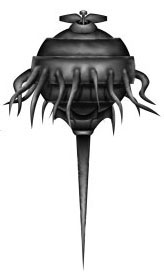 Often I would prep a packet of rules, pass it out to everyone with a ton of enthusiasm, and then… nada. The packet would get shuffled around for a few sessions before disappearing into a drift of paper and being forgotten.
Often I would prep a packet of rules, pass it out to everyone with a ton of enthusiasm, and then… nada. The packet would get shuffled around for a few sessions before disappearing into a drift of paper and being forgotten.

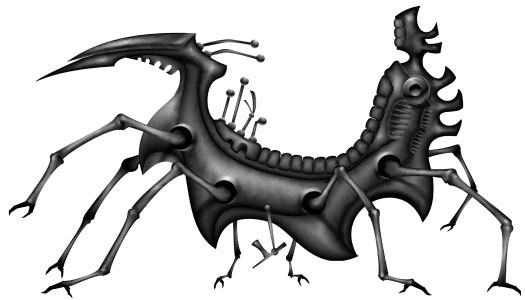
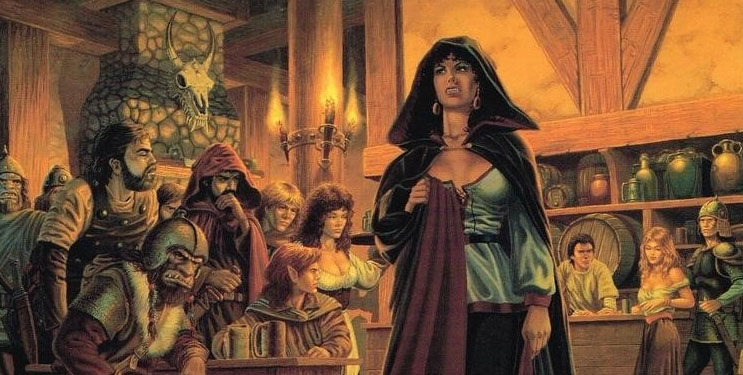
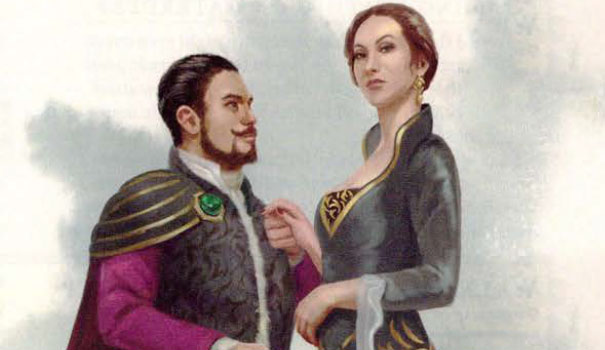
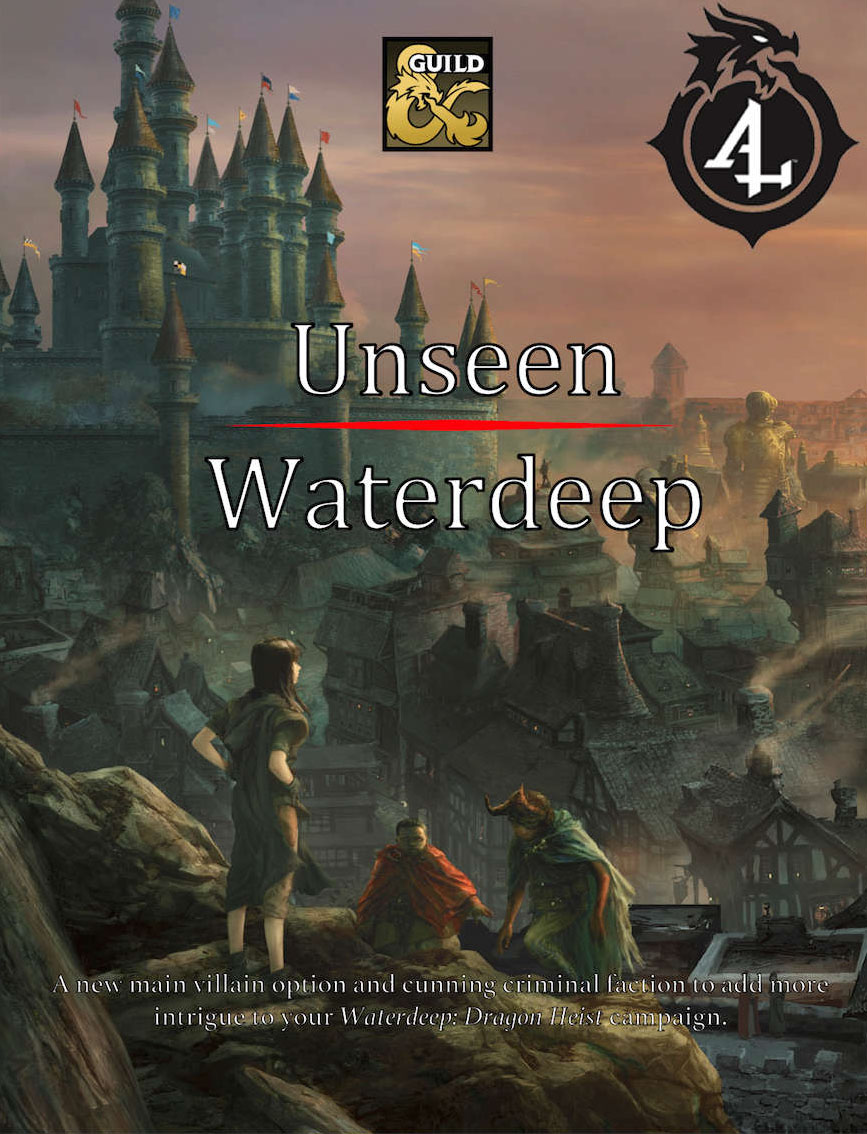


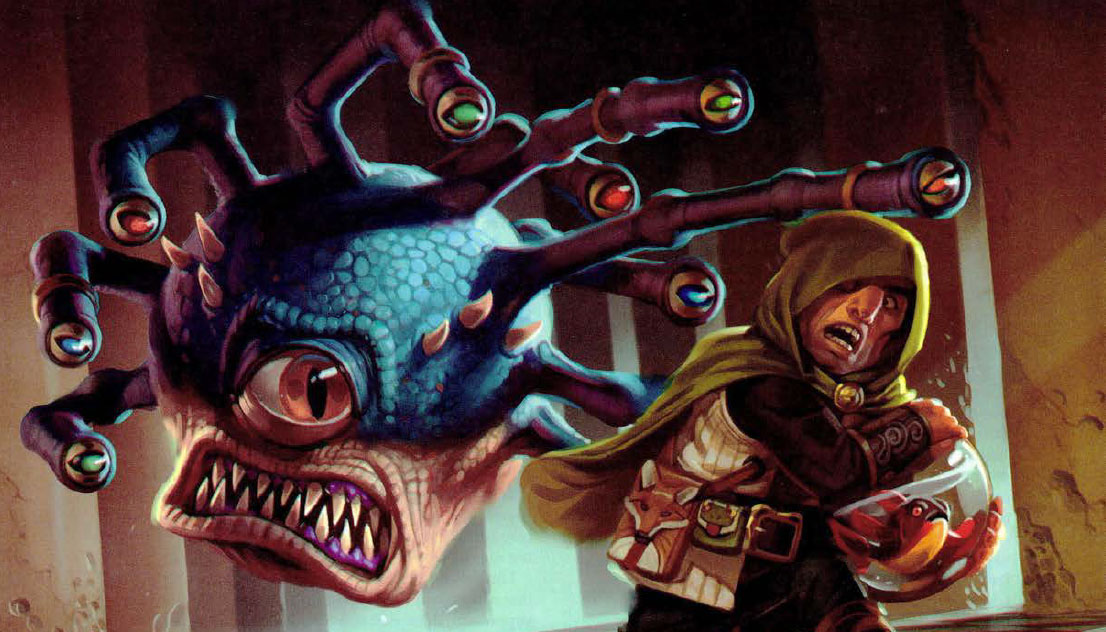
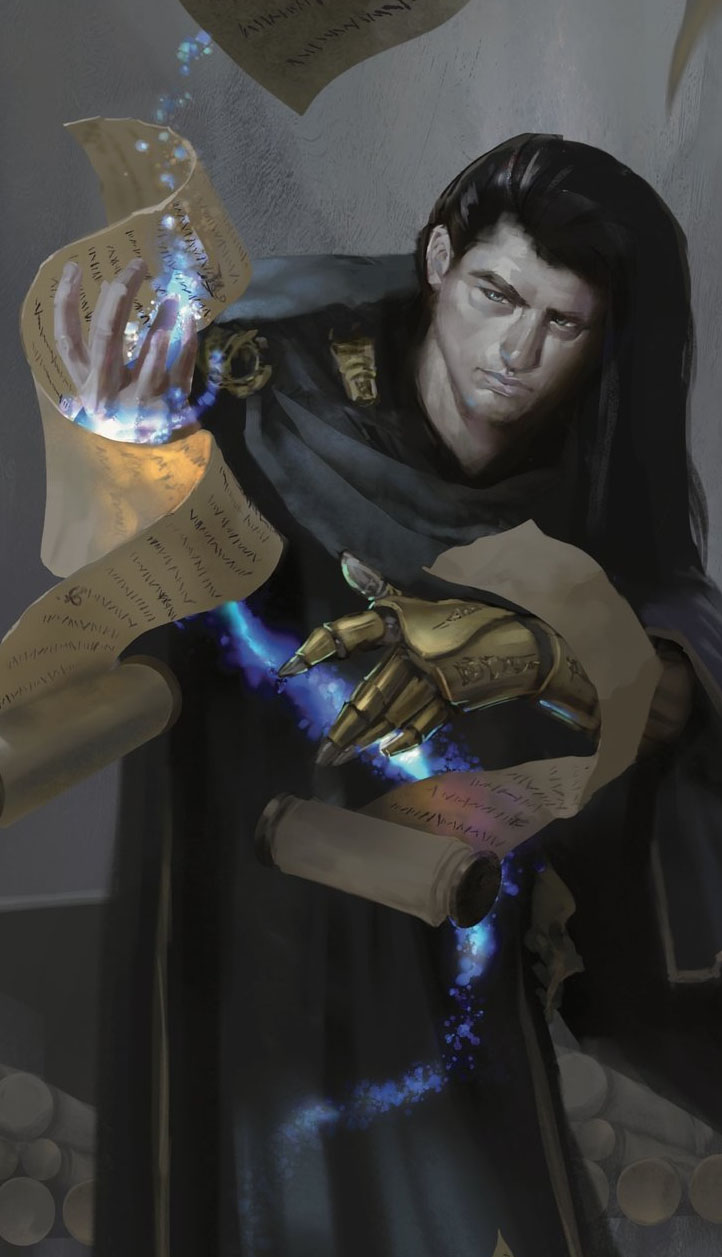
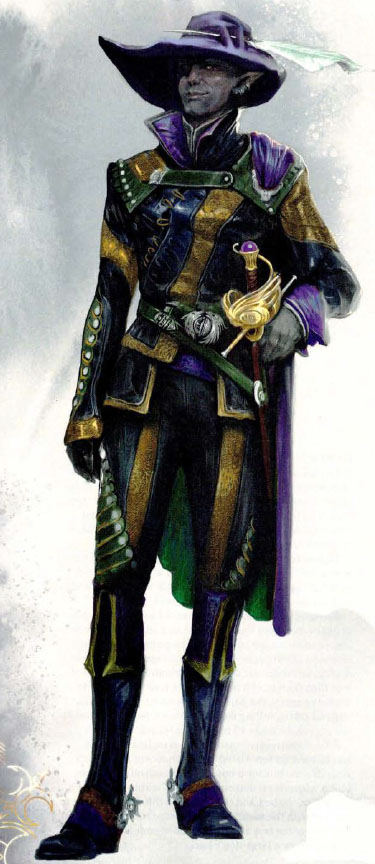
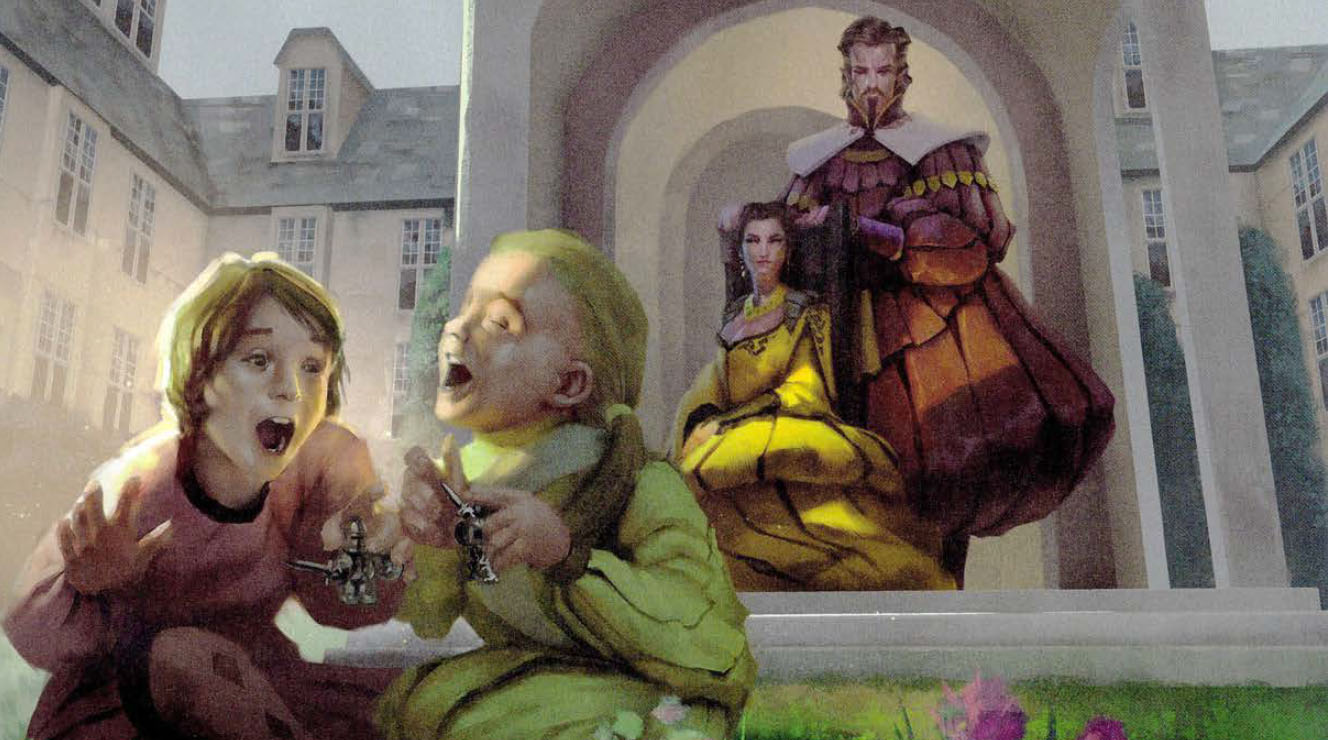

 Charabim usually manifests as a winged man with flaming hair. He is often stern and unforgiving, but never without compassion.
Charabim usually manifests as a winged man with flaming hair. He is often stern and unforgiving, but never without compassion.









